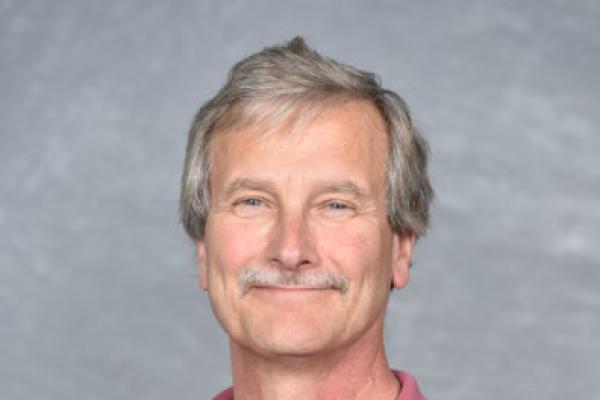
2019 Meek Lecture
Tim Barckholtz, ExxonMobil
Tim received a B.S. degree in chemistry and math from Trinity University (San Antonio), and received a Ph.D. in chemistry with co-advisors, Profs. Terry Miller (physical chemistry) and Bruce Bursten (inorganic chemistry) from The Ohio State University. Following a post-doctoral appointment at NIST and the University of Colorado, he joined ExxonMobil’s Corporate Strategic Research Labs in 2001. He has held a number of positions in research, crude oil supply chain management, and research management. His current R&D activities are focused on novel methods for CO2 capture using carbonate fuel cells and other emerging technologies. He currently holds the position of Senior Scientific Advisor.
Explorations at the Intersection of Energy and the Environment
Thursday, November 7
CBEC 130
2:30pm to 3:30pm
The world is facing a daunting challenge: how to provide the energy an increasing population needs, yet do so in an environmentally responsible way. This talk will summarize three different projects that have each, in very different ways, tackled this problem:
- Modeling the chemical kinetics of internal combustion engines to identify new approaches for increasing efficiency
- Developing new technology to reduce the NOx emissions from fluidized catalytic crackers in refineries
- Creating a new concept in CO2 capture from combustion flue gas
Sadly, none of these projects involved metal-metal bonds or the Jahn-Teller effect. However, the talk will include a discussion of how the skills and thought processes accumulated in the mid-1990s working on those topics were put to good use on these industrial problems.
Undergraduate Poster Session
5:30 to 7:00pm in CBEC Lobby
CO2 Capture Using Carbonate Fuel Cells
Friday, November 8
Evans 1008
12:40pm to 1:40pm
Power generation facilities account for a large share of global CO2 emissions and are also some of the largest point sources, with a typical facility emitting several million tons annually. Thus, they are an obvious target for CO2 capture. Carbon capture from coal-fired power generation has been the subject of considerable research and several world-scale projects, while capture from natural gas combined cycle (NGCC) power generation has been much less investigated, despite NGCC generation having approximately half of the CO2 emissions than coal power generation.
In this talk, I will describe how carbonate fuel cells can be used for CO2 capture from NGCC facilities without a significant energy debit. The exhaust from the NGCC system is taken as the inlet to the cathode of the fuel cell, with additional natural gas and steam fed to the anode. Within the fuel cell, the natural gas is reformed to hydrogen in the anode, while the CO2 is combined with oxygen and electrons from the power circuit to make the carbonate ion. The carbonate ion is then transferred through the membrane of the fuel cell to the anode, where the ions react with hydrogen to produce CO2 and H2O, and high potential electrons for the power circuit. In this process, additional power is created by the fuel cells, keeping the total efficiency of the system at or near the efficiency of the NGCC system without CO2 capture.
This presentation will summarize the current status of this technology. We have obtained substantial proof-of-principle data at the benchtop scale, using single cells of about 50 – 100 W power each. We also have obtained data using a 30 kW fuel cell stack, which is nearly full size in length and width, just limited in height and number of cells. We have also demonstrated the production of large volumes of hydrogen as a valuable co-product. All of this data indicates the technology is feasible and promising.
